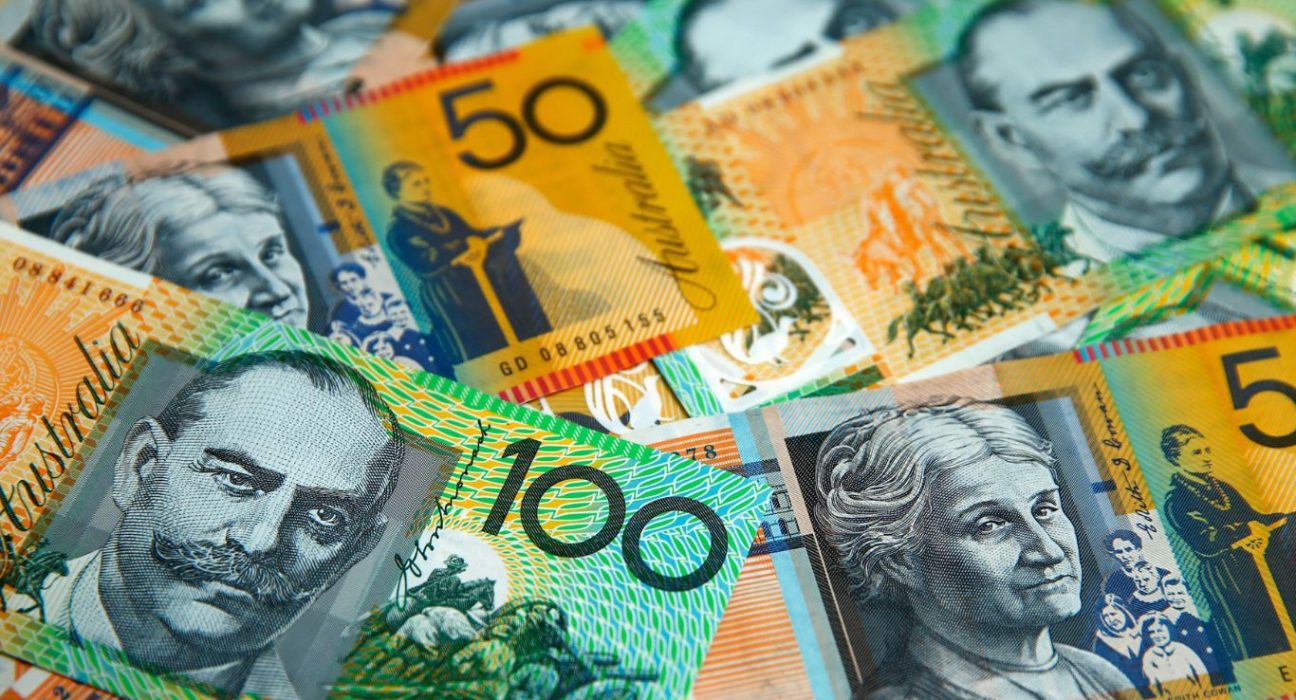Introduction
In a notable market move, the Australian dollar witnessed a remarkable surge of 1.05% against the US dollar, reaching an exchange rate of $0.6717. This sudden appreciation has drawn attention from investors and analysts alike, prompting speculation about the driving forces behind this significant increase. In this article, we explore the reasons behind the Aussie’s recent boost, potential implications for the Australian economy, and its impact on global financial markets.
Factors Contributing to the Aussie’s Surge
Several key factors played a crucial role in propelling the Australian dollar to its current heights. First and foremost, the recent surge in global commodity prices, particularly for key Australian exports such as iron ore, coal, and natural gas, has significantly boosted the nation’s export revenue. As commodities constitute a substantial portion of Australia’s GDP, this surge in demand and prices has provided a strong tailwind for the Australian dollar’s upward trajectory.
Positive Economic Indicators
Australia’s strong economic performance has also contributed to the Aussie’s recent gains. The country’s GDP growth rate has outpaced many other developed economies, bolstered by a resilient services sector, robust domestic consumption, and prudent fiscal policies. Additionally, the nation’s unemployment rate has shown signs of improvement, which further supports investor confidence in the Australian economy and its currency.
Interest Rate Differentials
Another critical factor influencing the Australian dollar’s appreciation is interest rate differentials. The Reserve Bank of Australia (RBA) has maintained a relatively stable interest rate environment compared to other major central banks. With the US Federal Reserve signaling a gradual tightening of its monetary policy, the interest rate differential between the Australian dollar and the US dollar has become more favorable for the Aussie. This, in turn, has attracted foreign investors seeking higher yields, contributing to the currency’s recent strength.
Trade Relations with China
Australia’s trade relationship with China has been a significant point of contention in recent years. Following several political disputes, China imposed sanctions on some Australian goods, creating uncertainty in the Australian export market. However, despite these challenges, Australia has managed to diversify its trade partners and reduce its reliance on the Chinese market. The resilience demonstrated in its export sector has alleviated concerns surrounding the Aussie’s vulnerability to geopolitical tensions, further bolstering investor confidence.
Geopolitical Stability
In times of global uncertainty, investors tend to seek safe-haven assets, and geopolitical stability becomes a critical factor influencing currency movements. Australia’s reputation as a stable and politically reliable nation has made the Australian dollar an attractive option for investors during turbulent times. As geopolitical tensions continue to influence global markets, the Aussie’s perceived stability has played a role in its recent gains.
Potential Implications for the Australian Economy
The recent surge in the Australian dollar has both positive and negative implications for the nation’s economy. On one hand, a stronger currency can result in lower import prices, benefiting consumers and businesses that rely on imported goods and services. This can help control inflation and support domestic purchasing power.
On the other hand, a stronger Aussie can impact the country’s export competitiveness. As the value of the dollar rises, Australian exports become relatively more expensive for foreign buyers, potentially leading to a decline in demand for Australian goods and services in international markets. Industries heavily reliant on exports, such as the manufacturing and agricultural sectors, could face headwinds as a result.
Impact on Global Financial Markets
The Australian dollar’s recent surge also has implications beyond the nation’s borders. As a significant currency in the global foreign exchange market, movements in the Aussie can influence other currencies and impact international trade and investment flows. Investors and traders closely monitor the Australian dollar’s performance as it can serve as a barometer for market sentiment and risk appetite.
Moreover, the Aussie’s appreciation may prompt other central banks to reassess their monetary policies. Central banks in countries with strong trade ties to Australia may consider adjusting their interest rates to maintain competitiveness in export markets and manage currency risks.
Conclusion
The recent 1.05% surge of the Australian dollar against the US dollar to $0.6717 has caught the attention of investors and analysts worldwide. A combination of factors, including rising commodity prices, positive economic indicators, interest rate differentials, trade diversification efforts, and geopolitical stability, has fueled the Aussie’s upward trajectory. While this surge has positive implications for import-dependent industries, it may pose challenges for export-driven sectors. As global financial markets continue to closely monitor currency movements, the Australian dollar’s strength may influence other economies’ policies and trading dynamics in the foreseeable future.










